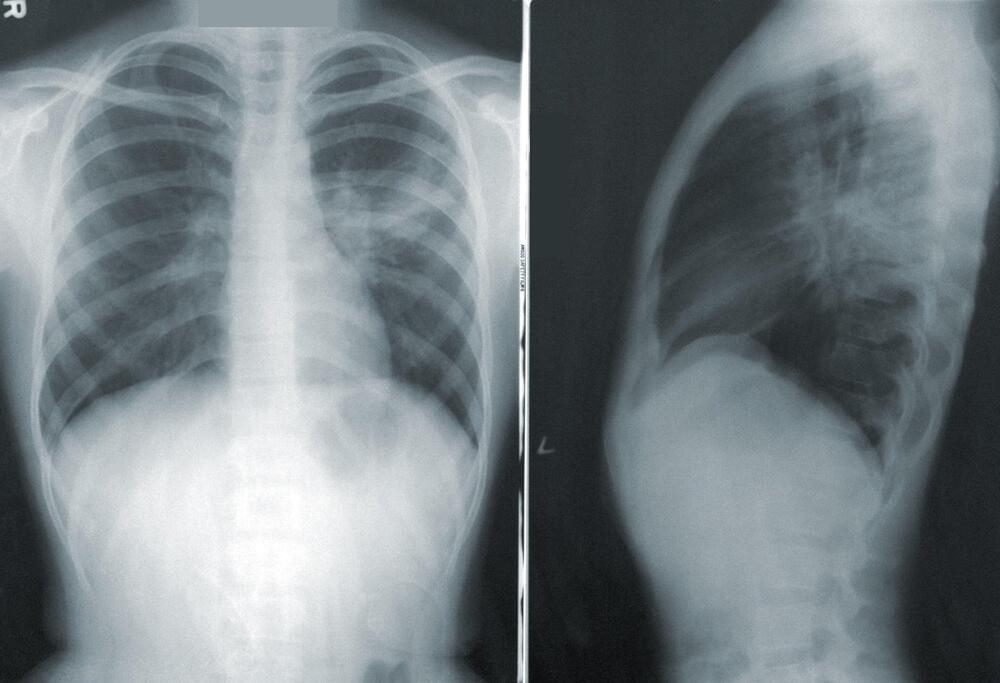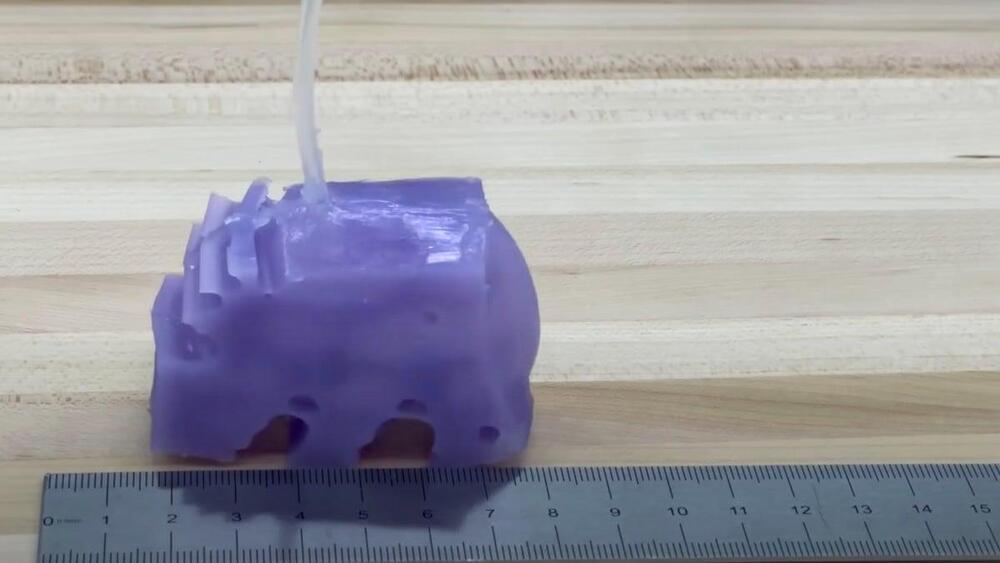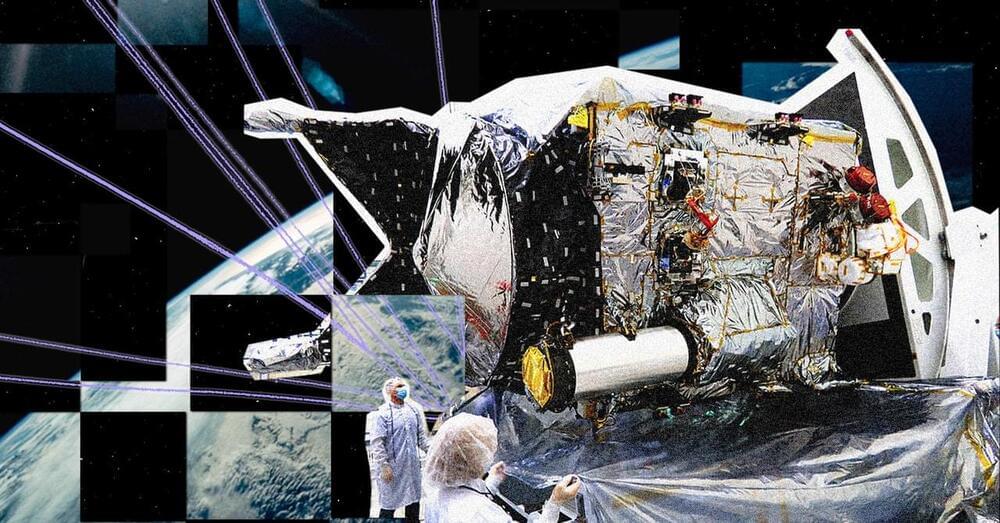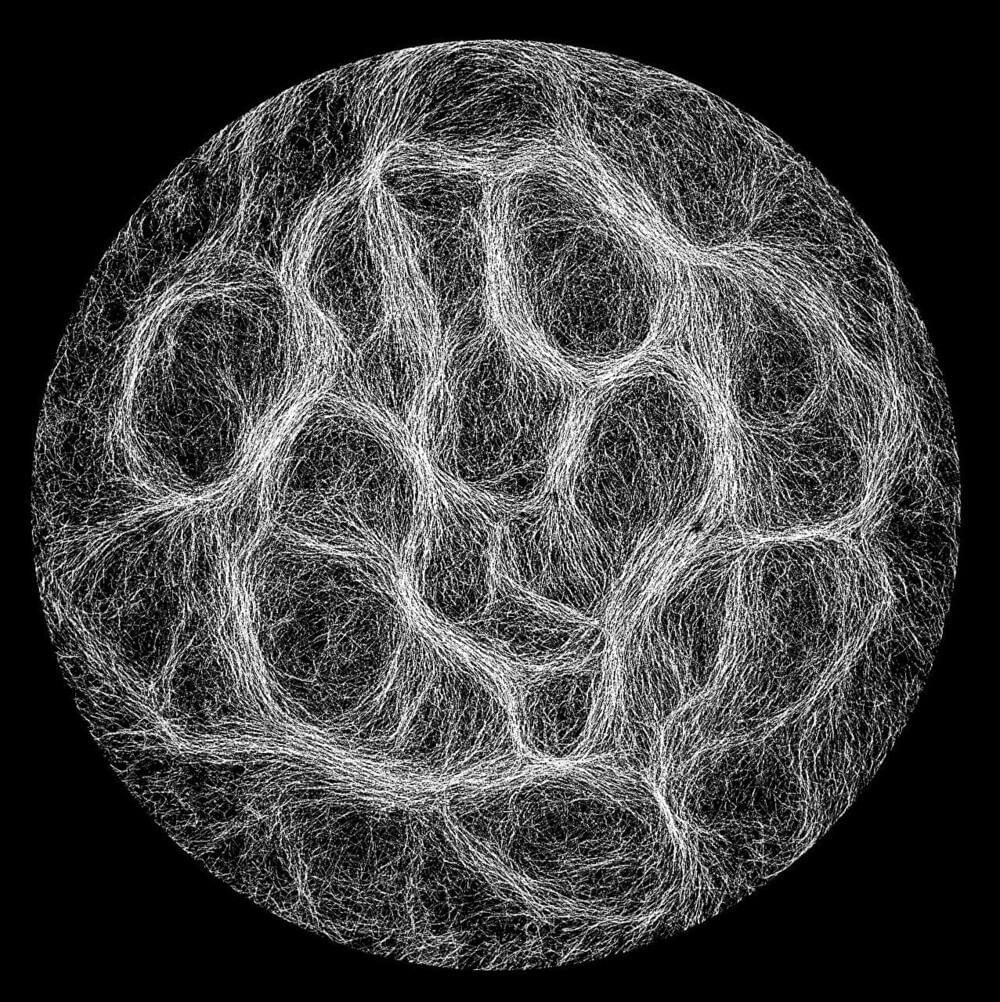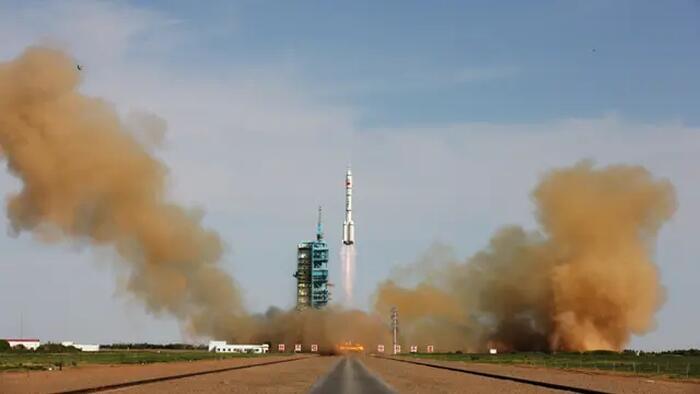In a recent study led by Ravi Salgia, M.D., Ph.D., the Arthur & Rosalie Kaplan Chair in Medical Oncology, a team of researchers from City of Hope, one of the largest cancer research and treatment organizations in the United States, and other institutions found that nongenetic mechanisms are important in lung cancer patients who develop a resistance to one cancer therapy. Their findings were published in the October 13 issue of the journal Science Advances.
The team’s study explored resistance to the anti-cancer medication sotorasib in patients with non-small cell lung cancer (NSCLC). Sotorasib inhibits a specific mutation of a protein, KRAS G12C, that causes unchecked cell growth.
The researchers’ findings suggest that, initially, most tumor cells are sensitive to sotorasib. But some cells can become tolerant to therapeutic treatment without resorting to genetic mutations or alterations by manipulating the KRAS-sotorasib interaction network. Furthermore, they found that if sotorasib treatment is withheld, the tumor cells revert to becoming sensitive again, implying that the phenomenon is reversible and thus is driven by nongenetic mechanisms.
